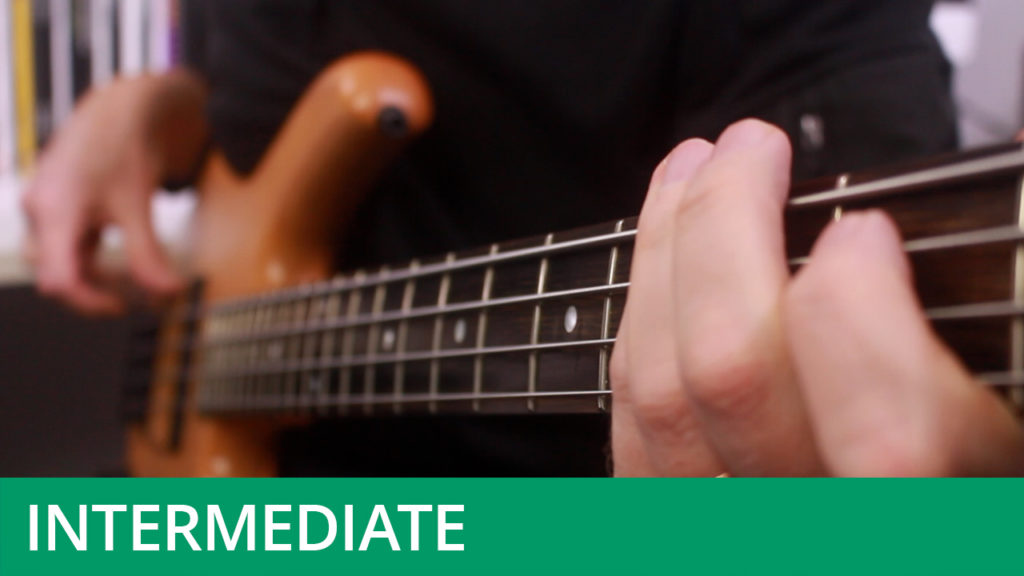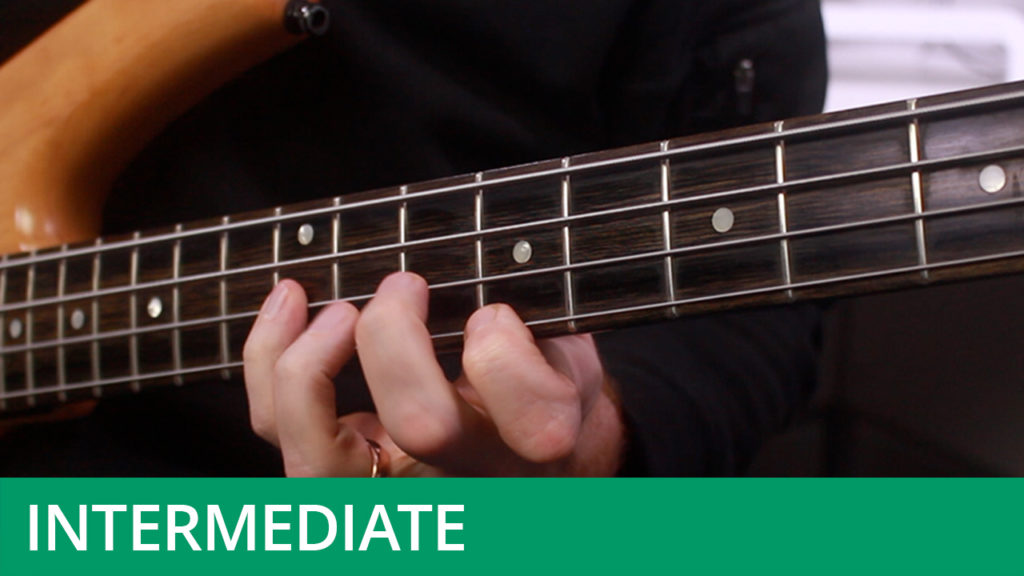The Locrian Mode
Course Duration: 28 Minutes | Difficulty Level: 5
This course is a detailed look at the Locrian mode, which is one of the less-frequently used modes. This mode works is typically used over the diminished chord and has a very dark sound.
The course initially focuses on the B Locrian mode, which belongs to the home key of C major. You’ll first learn to play it all over the fingerboard using the 'content over patterns' system, after which there are a series of bass grooves to study that put the mode to use. Some of the later exercises will utilise the Locrian mode from other keys. By the end of this course you should be familiar with the sound of the mode.
Don’t forget to hit the Download Resources button above in order to download the PDF worksheet and audio files for this course (available to subscribers only).




